Looking for a new adventure? Redwood National Park has the world’s tallest trees. This post will guide you through its wonders, from towering trees to stunning coasts. Get ready for an amazing journey!
Key Takeaways
- Redwood National Park, set up in 1968, is known for having the world’s tallest trees and preserving rich history from Native American tribes to European settlers.
- The park offers diverse landscapes from ancient redwoods to coastal ecosystems and hosts a variety of wildlife including rare species like Roosevelt elk.
- Visitors can enjoy multiple activities such as hiking, camping by pristine rivers, and exploring unique spots like Fern Canyon.
- It’s recognized as a World Heritage Site and an International Biosphere Reserve due to its environmental significance.
- Best visited during late spring or early fall for mild weather and fewer crowds, with numerous trails and areas like Elk Prairie recommended for exploration.
History of Redwood National Park
Redwood National Park has a rich history, with roots in Native American heritage and the arrival of European Americans. Eventually, it was preserved as a state and national park, showcasing the significance of its historical evolution.
Native American heritage
Long before settlers arrived, Native American tribes called the area around Redwood National Park their home. They used the vast resources of the land for everything from building homes to making tools and gathering food.
Tribes like the Yurok, Chilula, and Tolowa lived in harmony with these ancient forests. Their deep respect for nature helped preserve the woodlands.
Today, you can still see signs of their early presence. Tribes left behind not just objects but also a way of understanding how to live with natural spaces without harming them. This cultural heritage adds a rich layer to visiting Redwood National Park.
Visitors learn about both the natural world and its first stewards, offering insights into conservation that began long before it became a national park.
Arrival of European Americans
European Americans came to the area in the 1800s. They started logging because of the demand for wood. The coast redwoods were perfect for building and making things. This led to many trees being cut down.
Towns grew around these logging activities.
Gold was found near the forest too. This discovery brought more people to the region. They hoped to get rich quick from mining. Over time, this harmed the land and rivers around Redwood National Park.
Preservation as a state and national park
Redwood National Park became a reality due to conservation efforts. People saw the beauty and value of these tall trees. In 1968, Redwood was named a national park. This helped save many trees from being cut down.
The state parks joined with the national park in 1994 making more land safe for nature.
This protection allows everyone to enjoy old growth redwoods and keep the area beautiful for animals too. With this setup, visitors can explore vast landscapes and learn about nature’s wonders right here in California.
Next, let’s dive into unique features of Redwood National Park that make it stand out.
Unique Features of Redwood National Park
Redwood National Park is home to the world’s tallest trees. The park also offers stunning coastal landscapes, pristine rivers, and untouched coastline for visitors to explore.
Home to the world’s tallest trees
Redwood National Park is the proud home of the world’s tallest trees. Here, you can stand in awe beneath these majestic giants, some reaching over 350 feet in height. These coast redwoods are a breathtaking sight to behold and offer a serene and humbling experience for visitors.
Walking among these ancient sentinels provides a unique perspective on the natural world and leaves an indelible impression on all who venture into their midst.
The sheer height of these towering trees demonstrates nature’s unparalleled ability to thrive and endure throughout time. It’s an extraordinary opportunity to witness this remarkable feat of evolution firsthand and immerse yourself in the tranquility of Redwood National Park.
Whether you’re an avid nature enthusiast or simply seeking solace amidst the grandeur of Mother Nature, visiting this park promises an unforgettable encounter with Earth’s most magnificent arboreal wonders.
Coastal landscapes and grasslands
Redwood National Park is not just about towering trees but also offers stunning coastal landscapes and expansive grasslands. The park’s shoreline stretches for 40 miles, featuring rugged cliffs, rocky shores, and pristine beaches.
The scenic coastline is a haven for various wildlife species like seabirds, marine mammals, and tide pool creatures. The diverse grasslands within the park are home to an array of plant species that thrive in this unique coastal ecosystem.
This mix of land and sea makes Redwood National Park a must-visit destination for nature enthusiasts seeking both ancient forests and picturesque coastlines.
Moreover, these unspoiled landscapes provide ideal opportunities for activities like birdwatching along the coastal cliffs or picnicking on the grassy bluffs overlooking the Pacific Ocean.
Visitors can also explore the interconnected network of trails that lead from old-growth forests to sweeping ocean vistas, providing an unforgettable experience amidst these tranquil coastal landscapes and grasslands.
Pristine rivers and untouched coastline
The pristine rivers and untouched coastline at Redwood National Park offer a unique experience for nature enthusiasts. With over 40 miles of rugged, undeveloped coastline, the park provides a rare opportunity to witness an unspoiled marine environment.
The Smith River, designated as a Wild and Scenic River, is famous for its crystal-clear waters and excellent salmon and steelhead fishing opportunities. Visitors can also explore the stunning beaches along the coast that are ideal for picnicking or beachcombing.
Stretching more than 70 miles, the park’s scenic waterways boast exceptional biodiversity and provide habitat for various species of fish, birds, and other wildlife. Moreover, these undisturbed rivers serve as vital corridors connecting inland areas to coastal habitats while offering breathtaking views—one of many treasures found within Redwood National Park.
Flora and Fauna
The park is home to coast redwoods, other native plants, and a variety of wildlife such as Roosevelt elk and rare species. Management efforts are in place to combat invasive species for preserving the park’s natural balance.
Want to learn more about the diverse plant and animal life at Redwood National Park?
Coast redwoods and other native plants
Redwood National Park is famous for its coast redwoods, the tallest living trees on earth. The park is home to these ancient giants, with some reaching over 370 feet in height and more than 2,000 years old.
Alongside the coast redwoods are other native plants like Douglas fir, Sitka spruce, western hemlock, and various ferns that thrive in the park’s diverse habitats. The dense forests of Redwood National Park provide a unique environment for these native species to flourish.
The flora in the park also includes colorful wildflowers such as rhododendrons and trilliums that bloom during spring. Notably, some rare plant species can be found within the park’s borders due to its rich biodiversity – an abundance of plant life including lilies, irises, orchids and many others coexist among the towering redwoods.
Wildlife, including Roosevelt elk and rare species
Redwood National Park is a haven for diverse wildlife, including the iconic Roosevelt elk. These majestic creatures can often be spotted in the park’s open meadows, especially during the fall rutting season.
The park’s rich biodiversity also supports various rare species such as the marbled murrelet and northern spotted owl. Efforts to protect and conserve these unique animals are ongoing, contributing to the park’s status as an international Biosphere Reserve.
The presence of these unique species underscores the significance of conservation efforts in Redwood National Park. The preservation of their habitats ensures that future generations will have the opportunity to witness these remarkable animals in their natural environment.
Management of invasive species
After exploring the diverse wildlife, including Roosevelt elk and rare species in Redwood National Park, it’s important to understand the management of invasive species. Invasive plants like English ivy and Scotch broom pose a threat to the park’s native biodiversity.
To combat this, park authorities conduct regular surveys and removal efforts to protect the unique flora and fauna. Conservationists also work with local communities to educate about preventing the spread of invasive species into the park.
These collaborative efforts are crucial in safeguarding the delicate balance of ecosystems within Redwood National Park. By actively managing invasive species, they ensure that visitors can continue to enjoy the natural beauty and diversity for generations to come.
Recreation Opportunities
Explore the park’s numerous hiking trails, offering stunning vistas of ancient redwoods and diverse wildlife. Plan a camping adventure amidst the peaceful serenity of towering trees and tranquil rivers.
Hiking trails and scenic drives
Nestled in Del Norte and Humboldt counties, Redwood National Park offers a range of outdoor activities. Here are some ways to explore this magnificent park:
- Discover over 200 miles of hiking trails, catering to various skill levels and offering breathtaking views of the old-growth forest.
- Take a scenic drive along the coastal plain, witnessing the grandeur of the world’s tallest trees and the diverse biodiversity they support.
- Enjoy the coastal redwood groves, with some trees exceeding 2,000 years old – a true testament to the enduring nature of these ancient giants.
- Immerse in the tranquility of backcountry campsites, nestled amidst the awe-inspiring landscapes and providing an authentic wilderness experience.
Camping and outdoor activities
Redwood National Park offers a range of outdoor activities and camping opportunities for visitors. Here are some options to explore:
- Enjoy a night under the stars at one of the park’s backcountry campsites, surrounded by the towering old growth redwoods.
- Embark on a scenic hike along the diverse trails, taking in the stunning landscapes and ancient trees that make this park unique.
- Take advantage of the pristine rivers within the park for activities such as kayaking, fishing, or simply relaxing by the water’s edge.
- Set up camp in designated areas and experience the serenity of being immersed in nature while staying within close proximity to iconic natural landmarks.
- Engage in birdwatching, wildlife spotting, or photography to fully appreciate the biodiversity found within this remarkable national park.
- Join a ranger-led program for an educational and interactive experience that provides insight into the conservation efforts and significance of Redwood National Park.
Remember to check with park authorities for current guidelines and restrictions regarding camping and outdoor activities during your visit.
Popular spots like Fern Canyon and Lady Bird Johnson Grove
If you’re done with the camping and outdoor activities, make sure to explore popular spots like Fern Canyon and Lady Bird Johnson Grove. These areas are renowned for their stunning landscapes and rich biodiversity. Don’t miss out on these must-visit destinations within the park!
- Fern Canyon: This enchanting canyon boasts lush greenery, draped with a variety of fern species that thrive within its moist environment. The towering walls covered in ferns create a fairytale-like setting that has even been featured in blockbuster movies.
- Lady Bird Johnson Grove: Named after the former First Lady who was an ardent conservationist, this grove offers an awe-inspiring display of ancient redwoods. Take a peaceful walk among these majestic giants and immerse yourself in the tranquility of this pristine natural wonder.
- Both of these locations provide excellent opportunities for photography, nature observation, and serene walks amidst breathtaking surroundings. You’ll be rewarded with truly unforgettable experiences when exploring these iconic destinations within Redwood National Park!
Environmental and Geologic Significance
Redwood National Park is not only a natural wonder but also holds significant environmental and geological importance. It’s recognized as a World Heritage Site and International Biosphere Reserve, acknowledging its critical role in biodiversity conservation and ecosystem preservation efforts.
These designations reflect the park’s essential contribution to global environmental sustainability and nature conservation.
World Heritage Site and Biosphere Reserve
Redwood National Park is a unique treasure as it is not only known for its tall trees and breathtaking landscapes but also holds the esteemed titles of being a World Heritage Site and an International Biosphere Reserve.
This recognition serves as a testament to the park’s exceptional environmental and geologic significance, signifying its importance on a global scale for its outstanding natural values.
The park’s status as a biosphere reserve highlights its efforts in forest restoration and conservation, showcasing its commitment to preserving biodiversity in Del Norte and Humboldt counties.
The World Heritage Site designation emphasizes the extraordinary universal value of Redwood National Park, solidifying its place among iconic landmarks such as Yosemite National Park and Grand Canyon National Park.
These prestigious accolades are indicative of the unparalleled beauty and ecological importance that this national park possesses, attracting visitors from all over the world who seek to immerse themselves in nature at its most awe-inspiring.
As you plan your visit to this remarkable destination, consider the profound significance behind these honors that make Redwood National Park an indispensable part of our planet’s natural heritage.
Let’s now delve into another aspect that makes Redwood National Park truly special – Flora and Fauna.
Efforts in forest restoration and conservation
Efforts in forest restoration and conservation at Redwood National Park are crucial for preserving the old growth redwoods and its diverse ecosystem. The park actively manages invasive species, protects endangered coast redwoods, and maintains the biodiversity of its coastal plain.
Through these efforts, the park safeguards its tree canopy, which includes some of the world’s tallest trees like the coastal redwood and giant sequoia. Moreover, ongoing conservation work aims to sustain the pristine rivers and untamed coastline that define this renowned natural treasure.
This dedication ensures that future generations can continue to explore and enjoy the ancient forests within this national park.
Redwood National Park also plays a significant role as a World Heritage Site and International Biosphere Reserve, further emphasizing the importance of its preservation efforts on a global scale.
These combined actions make it possible for visitors to immerse themselves in one of Earth’s most remarkable ecosystems while aiding in protecting nature’s invaluable gifts for years to come.
Tips for Visiting Redwood National Park
When visiting Redwood National Park, it’s best to plan your trip during the summer months when the weather is most accommodating for outdoor activities. Consider exploring lesser-known trails and areas like Elk Prairie or Jedediah Smith Redwoods State Park to avoid crowds and fully immerse yourself in the park’s natural beauty.
Best times to visit
The best times to visit Redwood National Park are during the late spring and early fall. These seasons offer mild weather, fewer crowds, and ideal conditions for hiking and exploring the park’s diverse landscapes.
In addition, visiting during these times allows you to witness the stunning wildflower blooms in the spring and enjoy vibrant foliage in the fall. It’s also worth noting that summer can be crowded, while winter brings rain which might limit outdoor activities.
Ideally, plan your trip between May and June or September and October to make the most of your visit to Redwood National Park. This ensures a pleasant experience amidst nature’s finest displays without large tourist crowds or unfavorable weather patterns.
Recommended activities and itineraries
Nearby attractions and accommodations
After exploring the stunning hikes and scenic drives at Redwood National Park, visitors can head to nearby attractions for more adventure. Just a short drive away, Del Norte Coast Redwoods State Park offers additional old growth redwoods and the rugged coastline.
The park also provides camping areas with easy access to hiking trails and breathtaking ocean views. Visitors seeking overnight stays can find accommodations in Crescent City or Klamath, which offer hotels, lodges, and campgrounds right by the coast.
Conclusion
Experience the awe-inspiring majesty of Redwood National Park. Explore ancient coast redwoods and stunning coastal landscapes. Discover pristine rivers and untouched coastline while camping, hiking, or just taking in the breathtaking views.
This is a place where nature’s grandeur takes center stage, perfect for an unforgettable vacation experience.
Immerse yourself in the world of towering trees and diverse wildlife as you wander through this natural wonderland. Plan your visit to witness an environment that holds both historical significance and environmental importance.
Redwood National Park awaits to offer a journey into the heart of some of America’s most spectacular wilderness.
FAQs
1. What is Redwood National Park?
Redwood National Park is a beautiful place in California, known for its tall redwood trees. These trees are some of the tallest living things on Earth. The park also has stunning views, hiking trails, and rich wildlife.
2. How can I visit Redwood National Park?
You can visit Redwood National Park by car or bus. There are many places to park and start your adventure. You’ll find visitor centers that offer maps and information about trails, so you won’t get lost!
3. What activities can I do at Redwood National Park?
At Redwood National Park, you can hike on various trails, enjoy picnics with family or friends, go bird watching, or even camp under the stars! Some areas allow biking too; it’s great fun exploring nature this way.
4. When is the best time to visit Redwood National Park?
The best time to visit is during spring and fall when the weather is mild and pleasant. Summers are busy with tourists but still beautiful! Just remember to check for any alerts about weather conditions before you go out.
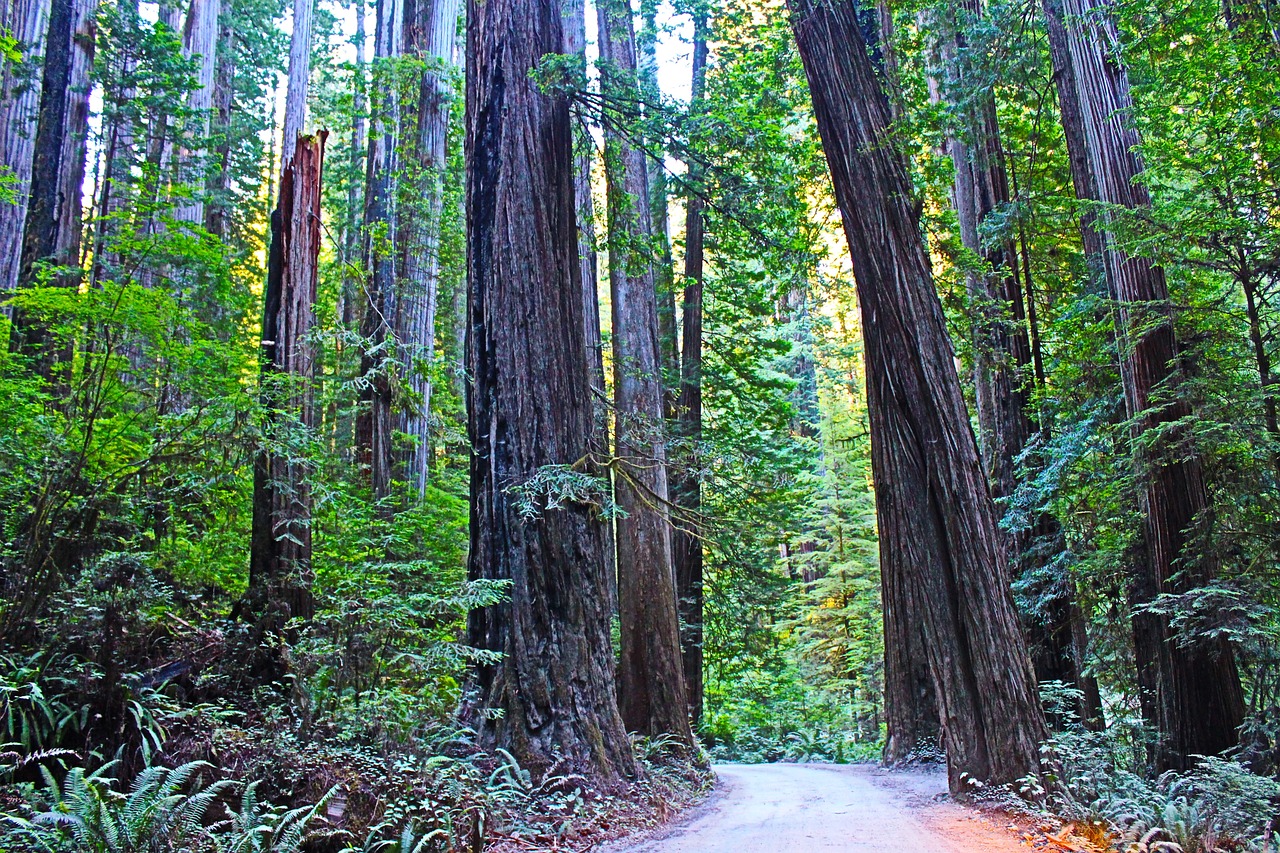
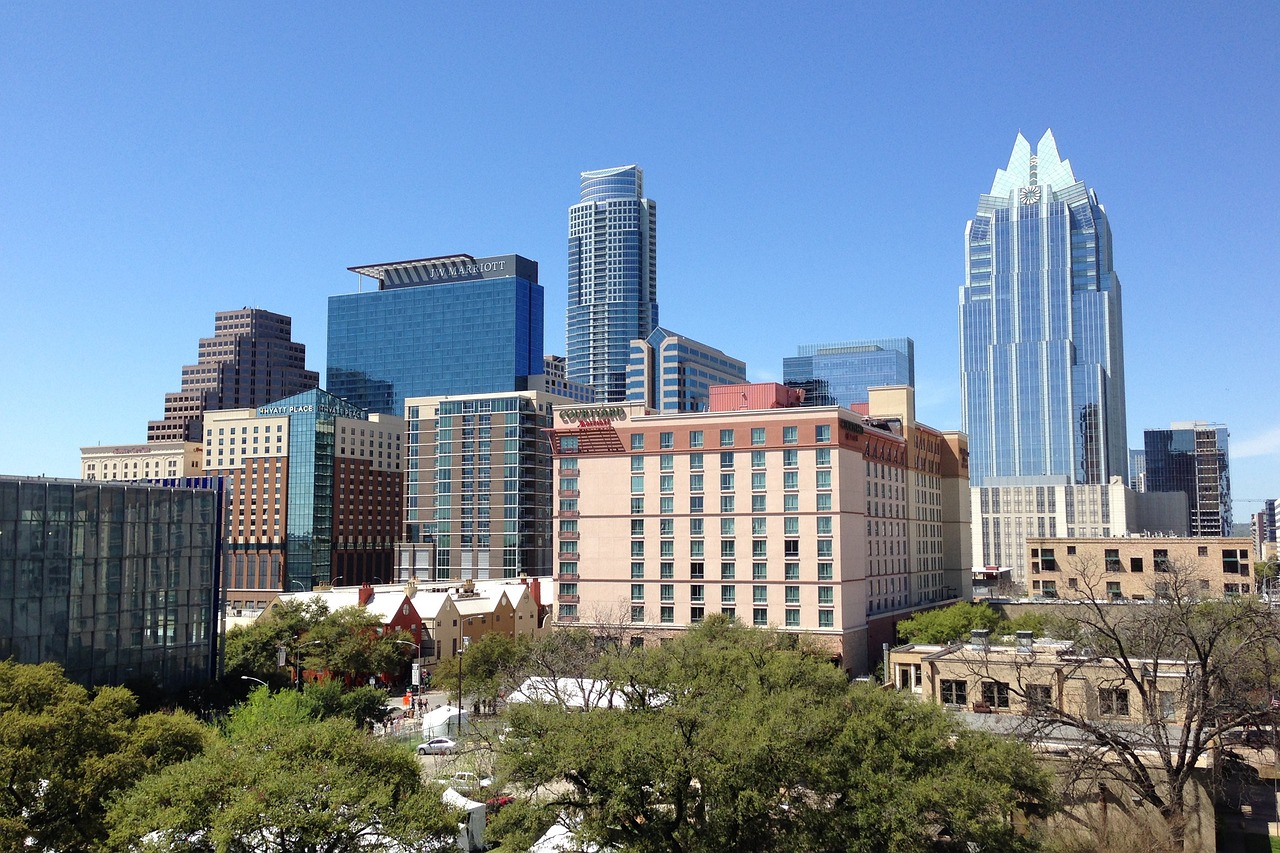
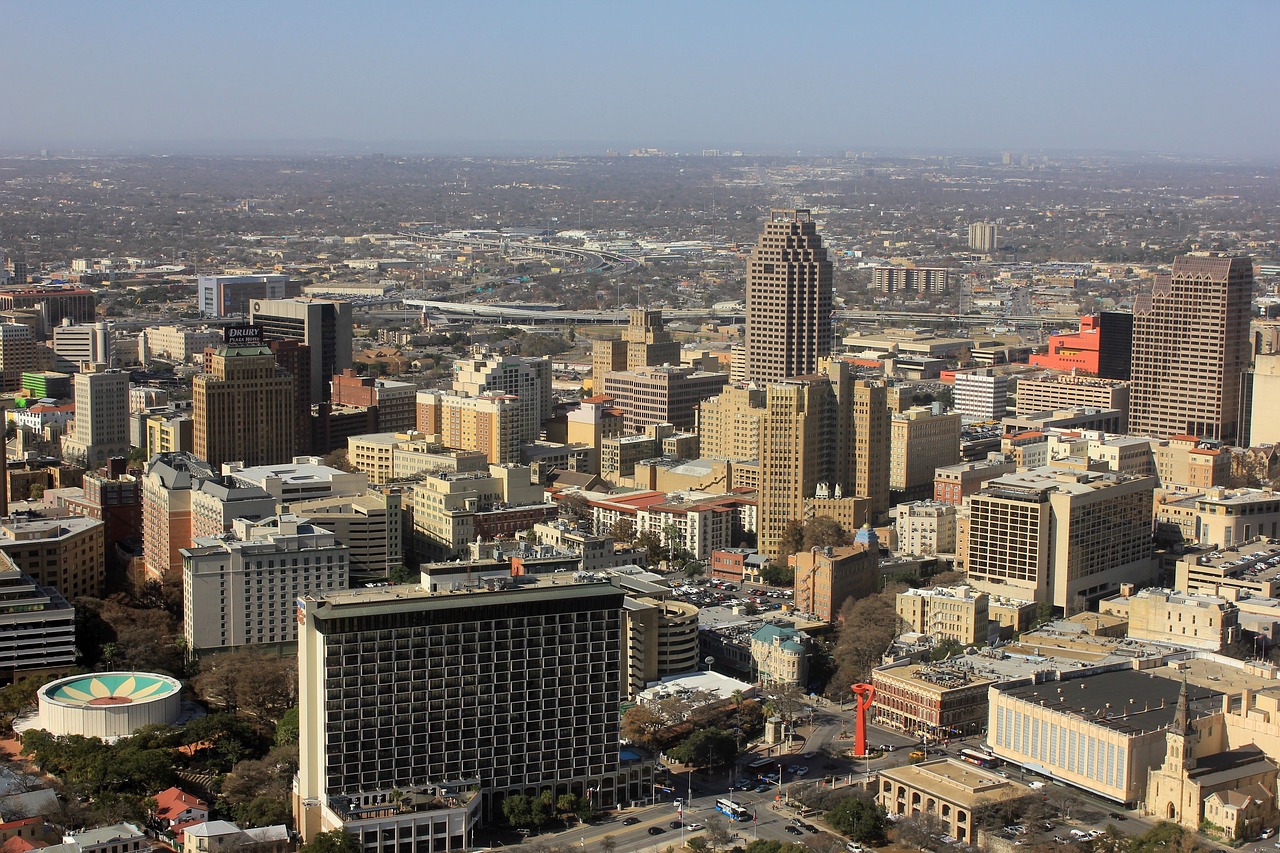
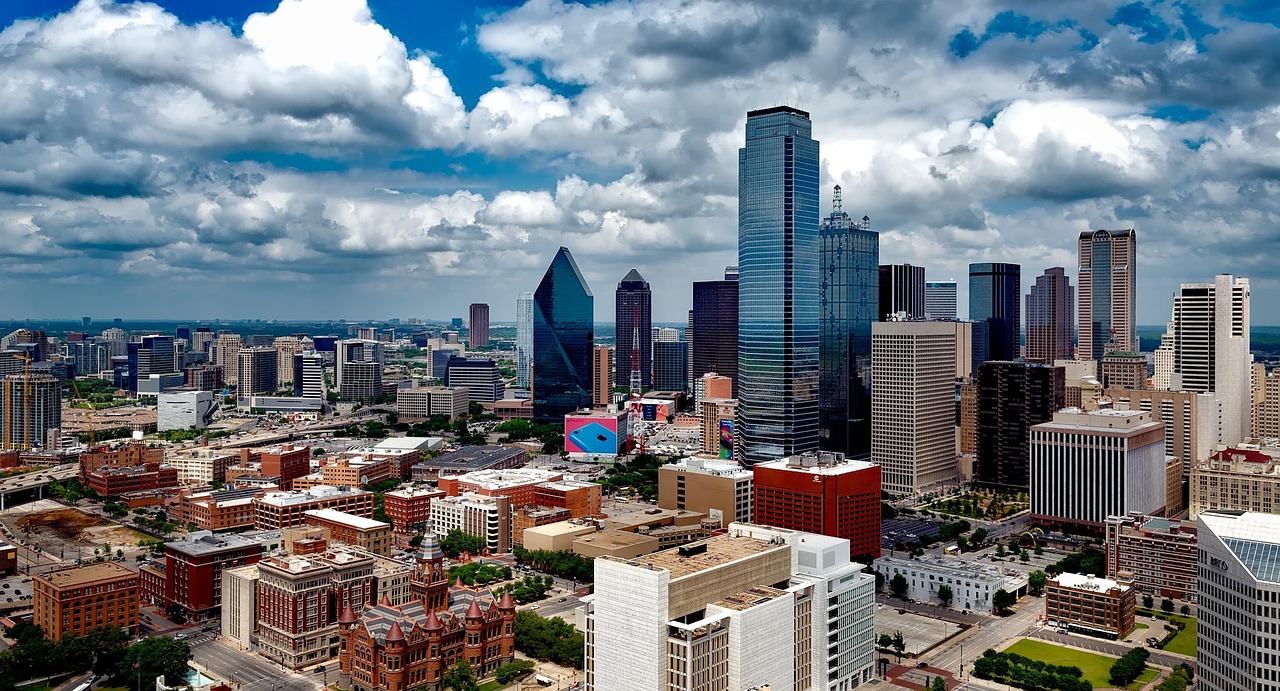
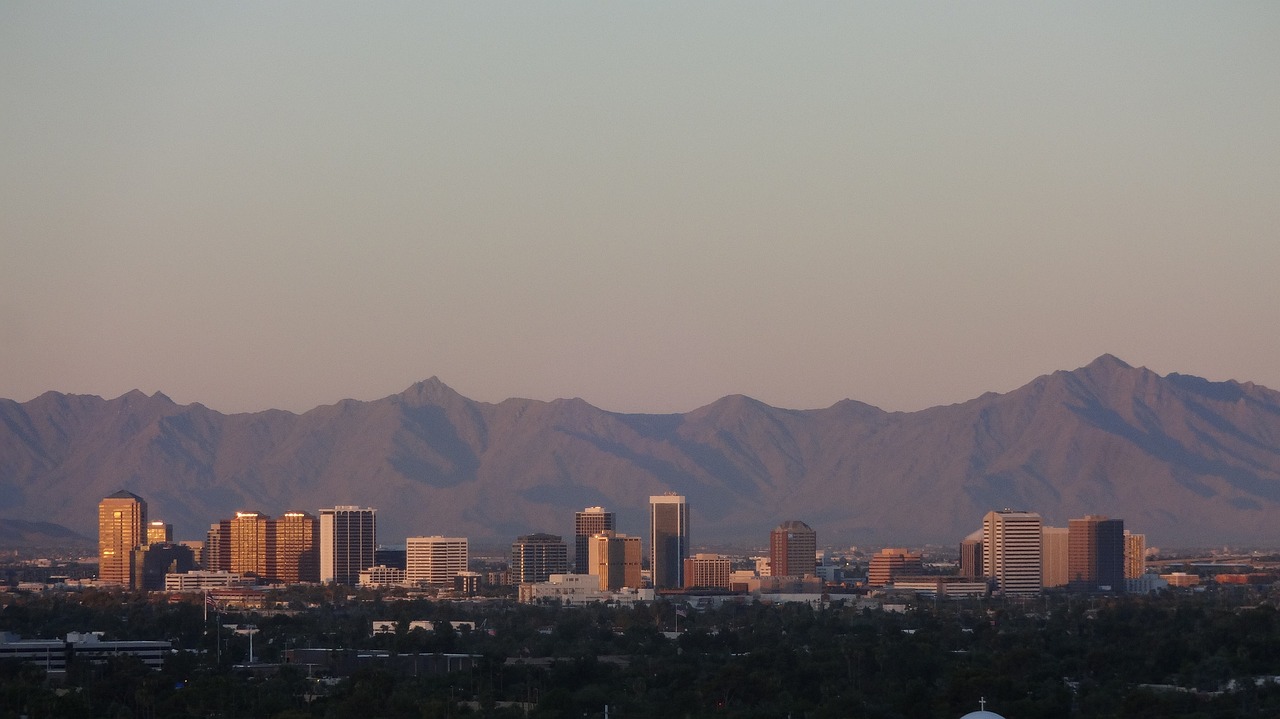


Leave a Reply